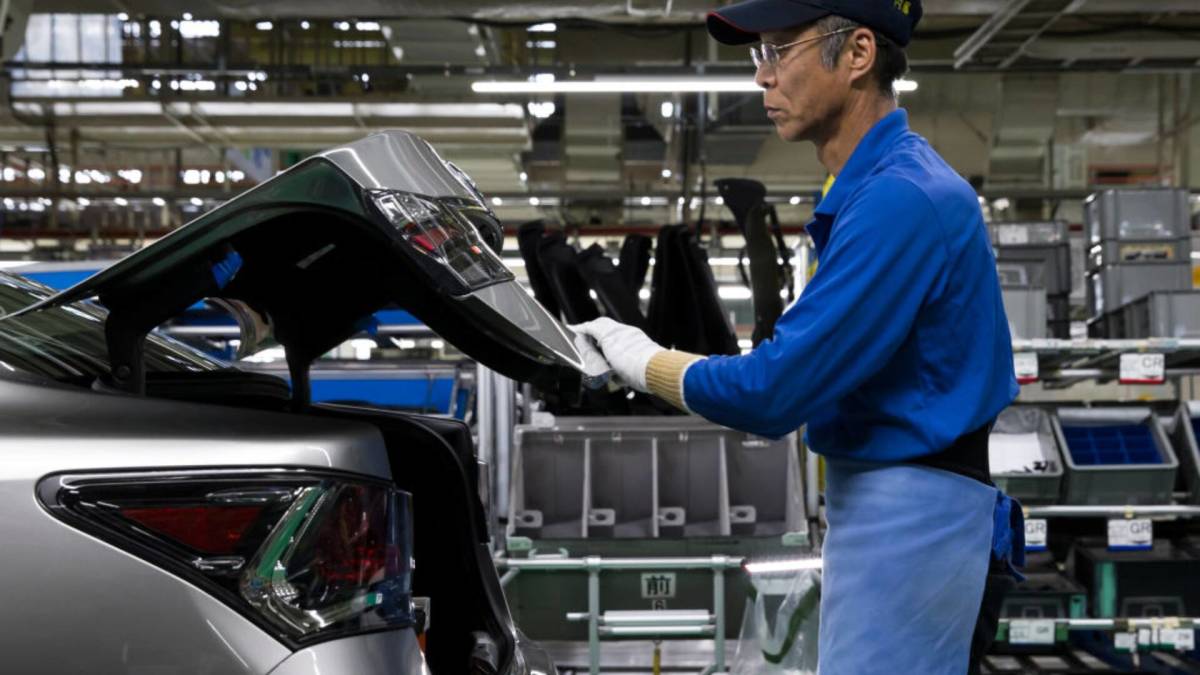New tariff deal puts US automakers in a tight spot

Japanese Automakers See Gains Following Tariff Deal
Japanese automakers experienced a significant surge in stock prices on July 23 after Prime Minister Shigeru Ishiba announced that Japan had reached a tariff agreement with the United States following weeks of negotiations. This development came as a relief to the automotive sector, which has been heavily impacted by previous trade policies.
The U.S. had imposed a 25% tariff on auto imports since April, but President Donald Trump negotiated this down to 15% for major Japanese automakers such as Toyota, Honda, and Nissan. This adjustment is expected to provide much-needed relief to the industry, which relies significantly on exports to the U.S. market.
Japan's auto exports to the U.S. accounted for 28% of all shipments last year. However, the sector faced a sharp decline in May and June, with a 26.7% drop in both months. This prompted Japan to seek a deal to address the growing trade imbalance.
Trump took to his social media platform, Truth Social, to highlight the terms of the agreement. He claimed that Japan "agreed to buy billions of dollars worth of military and other equipment, and give us 90% of 550 billion dollars — and more!" While these figures may be exaggerated, they underscore the strategic importance of the deal for both countries.
Last year, Japanese auto manufacturers produced 3.28 million vehicles in the U.S. Toyota alone sold over 2.3 million vehicles in the U.S. in 2024, marking a 3.7% increase from the previous year. Between April 2024 and March 2025, the company built 1.96 million units in the U.S., highlighting its strong presence in the domestic market.
This trade imbalance was a central issue in the negotiations led by Trump. He emphasized the unfairness of the situation, stating, "They won't take our cars, and yet we take millions and millions of their cars into the United States. It's not fair, and I explained that to Japan, and they understand it."
The Japan Automobile Manufacturers Association (JAMA) reported that its members spent $4.6 billion on research and development last year, reflecting the industry's commitment to innovation and competitiveness.
On the day of the announcement, Toyota shares jumped more than 13%, while Honda shares gained 12.7%. These gains indicate investor confidence in the future of Japanese automakers under the new tariff agreement.
Impact on U.S. Automakers
While the new tariff deal benefits Japanese automakers, it poses challenges for U.S. companies. General Motors (GM) still holds the highest U.S. market share at 17%, followed by Ford at 13%. However, foreign models from Asia dominate the top five, with Toyota at second place with 15% and Hyundai at fourth with 11%.
Toyota’s fellow Japanese brand, Honda, ranks fifth with 9% of the U.S. market. Despite the competition, U.S. automakers have expressed support for Trump’s trade policies, even as they face financial pressures from tariffs.
GM CEO Mary Barra has consistently praised the administration’s approach, stating, "For decades now, it has not been a level playing field for us automakers globally, with either tariffs or non-tariff trade barriers. So I think tariffs is one tool that the administration can use to level the playing field."
However, the impact of tariffs is evident in GM’s financial performance. On July 22, the company’s shares dropped after reporting a 35% decrease in second-quarter net income to $1.8 billion, compared to $2.9 billion a year ago. The company attributed this decline to increased spending on "tariff mitigation efforts."
Earlier this year, GM estimated that Trump’s 25% auto tariffs would cost the company $4 billion this year. Now, the company projects that tariffs could cost between $4 billion and $5 billion between the second and fourth quarters.
Ford, another major U.S. automaker, also supports the tariff policy despite the financial implications. CEO Jim Farley highlighted the company’s advantage in the U.S. market, stating, "Last year, we assembled over 300,000 more vehicles in the U.S. than our closest competitor. That includes 100% of all our full-size trucks."
Despite these advantages, Ford estimates that tariffs will reduce its EBITDA by at least $1.5 billion this year. This highlights the complex dynamics at play in the automotive industry as trade policies continue to shape the competitive landscape.